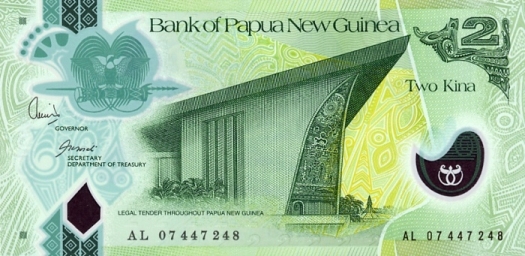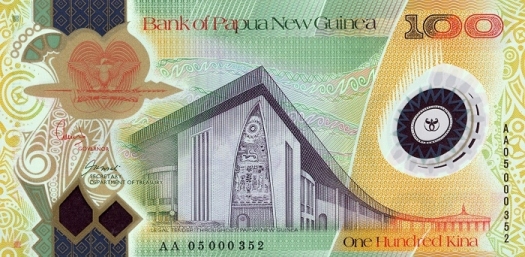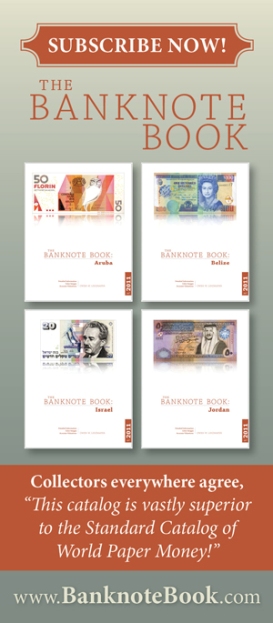
 There are rumours circulating that Macedonia will put Nobel peace prize winner Mother Teresa on a new banknote. This would coincide with the naming of one of the most important autoroutes in Macedonia after her.
There are rumours circulating that Macedonia will put Nobel peace prize winner Mother Teresa on a new banknote. This would coincide with the naming of one of the most important autoroutes in Macedonia after her.
These decisions are expected to be approved by the government of Macedonia and this has been declared by Prime Minister Nikola Gruevski in an interview for the Indian newspaper Times of India. Prime Minister Gruevski has stressed that this idea of his will soon receive the green light in the government meeting.
The Blessed Teresa of Calcutta, M.C., commonly known as Mother Teresa (26 August 1910 – 5 September 1997), was an Albanian-born, Indian Roman Catholic Religious Sister. Mother Teresa founded the Missionaries of Charity, a Roman Catholic religious congregation, which in 2012 consisted of over 4,500 sisters and is active in 133 countries. They run hospices and homes for people with HIV/AIDS, leprosy and tuberculosis; soup kitchens; children's and family counseling programmes; orphanages; and schools. Members of the order must adhere to the vows of chastity, poverty and obedience, and the fourth vow, to give "Wholehearted and Free service to the poorest of the poor".
Mother Teresa was the recipient of numerous honours including the 1979 Nobel Peace Prize. In late 2003, she was beatified, the third step toward possible sainthood, giving her the title "Blessed Teresa of Calcutta". A second miracle credited to her intercession is required before she can be recognised as a saint by the Catholic Church. Admired and respected by many, she has also been accused of failing to provide medical care or painkillers, misusing charitable money, and maintaining positive relationships with dictators.
 Guyana decided last year that a new banknote of 5000 dollar would be introduced. The current highest denomination is 1000 dollar. Now the Bank of Guyana has announced the date the new note will be issued: 9 December 2013.
Guyana decided last year that a new banknote of 5000 dollar would be introduced. The current highest denomination is 1000 dollar. Now the Bank of Guyana has announced the date the new note will be issued: 9 December 2013.
Bank of Guyana Deputy Governor, Dr Gobin Ganga said that an awareness campaign would be launched before the note goes into circulation. The Bank of Guyana said the new note would significantly reduce the number of notes that it would be required to process in the fast approaching holiday season.
Some of the features of the new note:
- Bank of Guyana logo and the Map of Guyana (front)
- Guyana's Rainforest and National Bird (back)
- Watermark: The Macaw and Value of the note (5000)
- Spark: When tilted the colour of the value shifts from Magenta to green and the rolling bar moves up and down
- Holographic Stripe: When tilted at an angle the image of a Jaguar can be seen.
- See- through: The value of the note ($5000) appears when the note is held up to the light.
- Latent Image: At a certain angle the value 5000 can be seen.
- Blind Mark: Mark for the visually impaired and partially sighted. (Right of note)
- Dual Track: Two track thread with optically variable and metallic print properties (Back)
- Intaglio Print: A distinctive raised feel
- Novel Numbering: Progressively larger numbers
 Remember the coming Lebanese commemorative note of 50,000 pounds marking the 70th anniversary of the country's independence which will be issued on November 22nd? Apparently I wasn't the only one who thought the design looked like a bad photoshop job.
Remember the coming Lebanese commemorative note of 50,000 pounds marking the 70th anniversary of the country's independence which will be issued on November 22nd? Apparently I wasn't the only one who thought the design looked like a bad photoshop job.
It now appears that the new note will have another flaw: a spelling error. As Reuters reports: "The French-language face of the special issue 50,000 pound note, which is worth about $33, spells 'independence' as it is written in English, rather than the French 'independance'."
Wow, this new note looks like a real winner...
Update: According to the Lebanese Daily Star demand for the new note is huge. Due to the controversy lots of people want the new note so the resale price on sites like eBay is expected to go sky high.
 Exactly one year ago it was 'absolutely certain' that larger denominations of 200 and 500 manat would be issued in Azerbaijan. Where are they now? Certainly not on the website of the Central Bank of Azerbaijan where only images of 1, 5, 10, 20, 50 and 100 manat can be seen.
Exactly one year ago it was 'absolutely certain' that larger denominations of 200 and 500 manat would be issued in Azerbaijan. Where are they now? Certainly not on the website of the Central Bank of Azerbaijan where only images of 1, 5, 10, 20, 50 and 100 manat can be seen.
Recently there were once again rumours of new banknotes to be issued, this time of 3 and 200 manat. Chairman of the Central Bank Elman Rustamov however has denied that such banknotes will be issued. There is according to Rustamov no reason for a larger denomination or a 3 manat note. The current set of denominations is said to be ideal.
Let's wait for the next rumour!
 According to this news report (google translate) from 4 November 2013 the Bank of Guatemala has issued a new version of its 1 quetzal note with issue date 23 November 2011 and new features like a portrait in the window and a new signature.
According to this news report (google translate) from 4 November 2013 the Bank of Guatemala has issued a new version of its 1 quetzal note with issue date 23 November 2011 and new features like a portrait in the window and a new signature.
This will also be the final issue because the note will be replaced with a coin to reduce costs. The unit price of a note is more than twice what a coin costs. The notes were printed by the French company Oberthur Fiduciaire.
This is unfortunate for us collectors, especially with an interest in polymer money, because this means one banknote less to look out for.
 Banknotenews.com reports that in August this year the parliament of the disputed area of South Ossetia has passed a law (google translate) allowing the National Bank of South Ossetia to issue banknotes denominated in Russian rubles.
Banknotenews.com reports that in August this year the parliament of the disputed area of South Ossetia has passed a law (google translate) allowing the National Bank of South Ossetia to issue banknotes denominated in Russian rubles.
Some background information from wikipedia:
South Ossetia is a disputed region and partly recognised state in the South Caucasus, located in the territory of the South Ossetian Autonomous Oblast within the former Georgian Soviet Socialist Republic of the USSR. South Ossetians declared independence from Georgia in 1990, calling themselves the Republic of South Ossetia. The Georgian government responded by abolishing South Ossetia's autonomy and trying to retake the region by force. This led to the 1991–1992 South Ossetia War. Georgian fighting against those controlling South Ossetia occurred on two other occasions, in 2004 and 2008. The latter conflict led to the Russia–Georgia war, during which Ossetian and Russian forces gained full de facto control of the territory of the former South Ossetian Autonomous Oblast. In the wake of the 2008 South Ossetia War, Russia, Nicaragua, Venezuela, Nauru and Tuvalu recognised South Ossetia's independence. Georgia does not recognise the existence of South Ossetia as a political entity, including most of the area in its Shida Kartli region. Georgia considers South Ossetia to be occupied by the Russian army.
We'll see if this means that this list of banknote issuing countries, area's and entities will get one more member.
 The Central Bank of Honduras has updated (google translate) the design of its lempiras banknotes with braille and raised bars in order to help the blind identify the different notes. The new notes also have an issue date of 1 March 2012 on them.
The Central Bank of Honduras has updated (google translate) the design of its lempiras banknotes with braille and raised bars in order to help the blind identify the different notes. The new notes also have an issue date of 1 March 2012 on them.
Surprisingly the 20 lempiras note which had previously been issued on polymer has been reissued as a paper note. I would think that one polymer note is pretty distinguishable from the rest of the (paper) denominations if you can't see but apparently the Central Bank thought otherwise. The new notes are printed by the French company Oberthur Fiduciaire.
A leaflet with all the new notes can be found here. The new notes as shown in the leaflet (hence the black lines which of course don't show on the real notes):
 Indonesia plans to redenominate its rupiah banknotes from 1 January 2014. According to this article (google translate) the new banknotes will get a small design update and the denomination will have three 0's less. After the transition and a short time period where people can get used to the new denomination a new set of banknotes will be issued with new portraits. These notes with the new design will probably be issued on 17 August 2014. The Bank Indonesia has pointed out that the old notes will remain legal tender for the next 10 years side by side with the new notes.
Indonesia plans to redenominate its rupiah banknotes from 1 January 2014. According to this article (google translate) the new banknotes will get a small design update and the denomination will have three 0's less. After the transition and a short time period where people can get used to the new denomination a new set of banknotes will be issued with new portraits. These notes with the new design will probably be issued on 17 August 2014. The Bank Indonesia has pointed out that the old notes will remain legal tender for the next 10 years side by side with the new notes.
The plan has yet to be approved by the parliament though.
Images of the proposed new banknotes before, and after the redenomination. The notes on the right show the proposed new design:
Source
Update: The latest news on this issue suggests that a redenomination won't take place before 2015 but more likely it will around 2020. More news to be found here (translation).
Update 1 Agust 2014: the new series of banknotes will be issued from 1 January 2018.
 Myanmar (or Burma as the country is still called by a lot of countries) will probably issue banknotes with new faces in the future. The parliament of Myanmar specifically asked for the return of the portrait of General Aung San on the banknotes of lower denominations.
Myanmar (or Burma as the country is still called by a lot of countries) will probably issue banknotes with new faces in the future. The parliament of Myanmar specifically asked for the return of the portrait of General Aung San on the banknotes of lower denominations.
General Bogyoke Aung San (13 February 1915 – 19 July 1947) was a Burmese revolutionary, nationalist, founder of the modern Burmese army and considered to be the Father of modern-day Burma. He was responsible for bringing Burma's independence from British colonial rule in Burma, but was assassinated six months before independence. He is recognized as the leading architect of independence, and the founder of the Union of Burma. Affectionately known as "Bogyoke" (General), Aung San is still widely admired by the Burmese people, and his name is still invoked in Burmese politics to this day. Aung San had a daughter, Aung San Suu Kyi, who is now a world famous Burmese politician and the recipient of a Nobel Peace Prize.
The image of General Aung San on an older banknote from my own collection:
 The Central Bank of Sri Lanka has issued a commemorative note today, 15 November 2013. The 500 rupees note has been issued to mark the Commonwealth Heads of Government Meeting in Sri Lanka from 15th to 17th November 2013. From the press release (doc):
The Central Bank of Sri Lanka has issued a commemorative note today, 15 November 2013. The 500 rupees note has been issued to mark the Commonwealth Heads of Government Meeting in Sri Lanka from 15th to 17th November 2013. From the press release (doc):
The size, colour and the security features of the Commemorative note are same as in the current circulating Rs. 500 note in the same series with the following changes only.
On the front of the note:
- CHOGM 2013 Sri Lanka logo in single purple colour appearing at the lower left corner of the note replacing the butterfly of the currently circulating Rs. 500 note
- A security feature of an additional watermark by adding a design around the electrotype vertical numerals 500, to differentiate the CHOGM commemorative note from the currently circulating Rs. 500 note
- Date on note: 2013.11.15. On the back of the note: the same images will remain as in the present Rs. 500 note.
A quantity of 5 million notes will be issued and the serial numbers of the notes will be from T/51 000001- T/55 1000000. A limited number of early serial numbers will sold in a folder.
Infosheet
 The National Bank of Cambodia has issued a new commemorative note of 2000 riel. Here’s the press release so good luck translating that
The National Bank of Cambodia has issued a new commemorative note of 2000 riel. Here’s the press release so good luck translating that  . The images below are from banknotenews.com.
. The images below are from banknotenews.com.
The note has been issued commemorating its independence from France on 9 November 1953 and has been issued on 8 November.
 With the issuing of the new 5 and 10 dollars notes today the Bank of Canada has completed its beautiful new polymer series. The new notes were announced earlier this year on 30 april with a presentation from the International Space Station where commander Chris Hadfield showed the new 5 dollar note with its space theme. The 10 dollar note shows the image of a train and symbolizes the joining of the east and west of Canada by rail.
With the issuing of the new 5 and 10 dollars notes today the Bank of Canada has completed its beautiful new polymer series. The new notes were announced earlier this year on 30 april with a presentation from the International Space Station where commander Chris Hadfield showed the new 5 dollar note with its space theme. The 10 dollar note shows the image of a train and symbolizes the joining of the east and west of Canada by rail.
An interesting detail is that despite rumours the signature on both notes is still of the former Governor of the Bank of Canada M.J. Carney and not the current Governor S. Poloz.
Update: Well, it goes to show that you never really can tell what a banknote will look like before you actually have one in your hand. Banknotenews.com has one and what does it tell us? There actually IS a signature of Stephen Poloz on the 5 dollar note (as predicted)! The Bank of Canada however continues to show a note with the signature of Mark Carney on its site. Does that perhaps mean there are two signature varieties on the market? Picture below is from Banknotenews.com:
5 dollar
Portrait: Sir Wilfrid Laurier, Prime Minister from 1896 to 1911
Signatures: T. Macklem, S Poloz
Size: 152.4 x 69.85 mm
10 dollar
Portrait: Sir John A. Macdonald, Prime Minister from 1867–1873 and 1878–1891
Signatures: T. Macklem, M. J. Carney
Size: 152.4 x 69.85 mm
The complete new polymer series
 The South African Reserve Bank has issued an update of its current series of banknotes which was introduced last year. To mark the first anniversary of the release of the new series with the image of Nelson Mandela there has been an update in the design. A new security feature has been added on the front and the back of all the notes in the form of "tiny dots".
The South African Reserve Bank has issued an update of its current series of banknotes which was introduced last year. To mark the first anniversary of the release of the new series with the image of Nelson Mandela there has been an update in the design. A new security feature has been added on the front and the back of all the notes in the form of "tiny dots".
These dots are actually called an EURion constellation and were invented by the Japanese Omron Corporation. It consists of a pattern of five small circles, which is repeated across areas of the banknote at different orientations. Photocopiers can recognize these patterns and will give a warning or even refuse to copy the banknote. The security feature is widely used on banknotes like the euro, the US dollar and many others.
"Enhancing features on banknotes is an on-going process to maintain the highest level of quality and security. This is in line with international best practice," explained SARB Governor Gill Marcus.
The updated notes will be released from today, 6 November. The old design notes will remain legal tender and continue to circulate.
Old note:
New note with detail of the new feature:

 After the turmoil in the United Kingdom with the presumed absence of women on their banknotes (which was corrected when the Bank of England announced Jane Austen would be on the next 10 pound note), it seems Canada is the new target of angry women. With the introduction of the new 5 and 10 dollar next Thursday, the new polymer series is complete but has no recognizable women on the notes (except for the Queen of course).
After the turmoil in the United Kingdom with the presumed absence of women on their banknotes (which was corrected when the Bank of England announced Jane Austen would be on the next 10 pound note), it seems Canada is the new target of angry women. With the introduction of the new 5 and 10 dollar next Thursday, the new polymer series is complete but has no recognizable women on the notes (except for the Queen of course).
The Governor of the Bank of Canada Stephen Poloz has said that he thinks the argument is valid and should be looked into in the future when the current series will be replaced. However, that could take a decade or longer. He did receive 22,000 signatures urging him to reconsider.
Another interesting fact from the news article is that the signature of Poloz will be on the new 5 dollar note. The 10 dollar note probably still has the signature of his predecessor Mark Carney.
 To commemorate the 40th anniversary of the Bank of Papua New Guinea, it was announced that today two new commemorative notes of 2 and 100 kina will be issued.
To commemorate the 40th anniversary of the Bank of Papua New Guinea, it was announced that today two new commemorative notes of 2 and 100 kina will be issued.
The design of the new notes will be te same as the regular 2 and 100 kina but a seal will be added to the front of the note commemorating the occassion. Below is a video of the presentation of the two new notes.
The regular 2 and 100 kina:
« Previous page |
Displaying entries 736-750 of 937 |
Next page »

 There are rumours circulating that Macedonia will put Nobel peace prize winner Mother Teresa on a new banknote. This would coincide with the naming of one of the most important autoroutes in Macedonia after her.
There are rumours circulating that Macedonia will put Nobel peace prize winner Mother Teresa on a new banknote. This would coincide with the naming of one of the most important autoroutes in Macedonia after her.  Guyana
Guyana 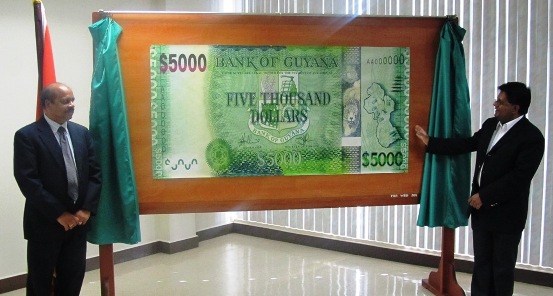
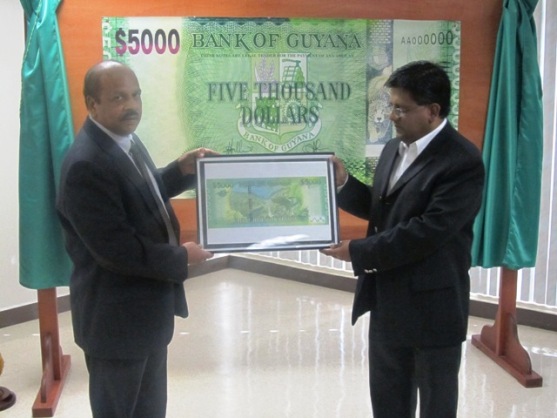
 Remember the coming Lebanese commemorative note of 50,000 pounds marking the 70th anniversary of the country's independence which will be issued on November 22nd? Apparently I wasn't the only one who
Remember the coming Lebanese commemorative note of 50,000 pounds marking the 70th anniversary of the country's independence which will be issued on November 22nd? Apparently I wasn't the only one who 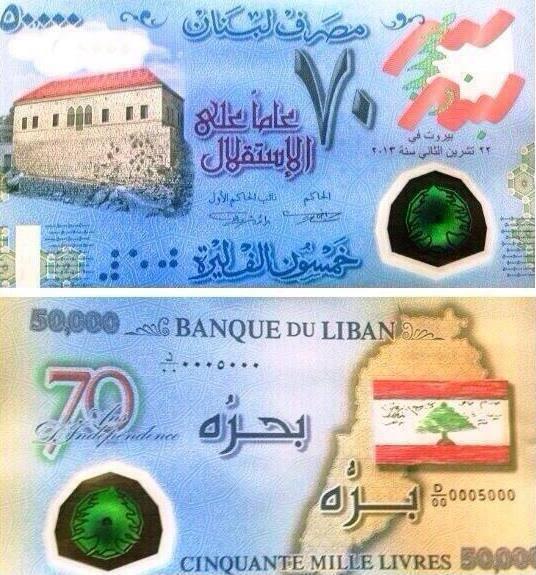
 Exactly one year ago it was 'absolutely certain' that larger denominations of 200 and 500 manat
Exactly one year ago it was 'absolutely certain' that larger denominations of 200 and 500 manat  According to this
According to this 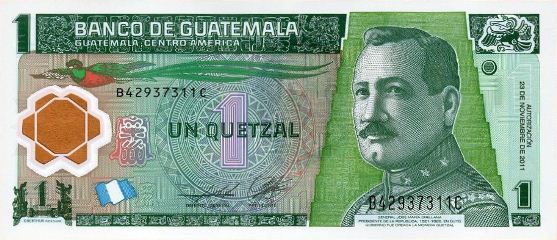

 The
The 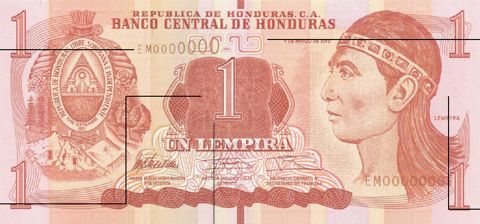
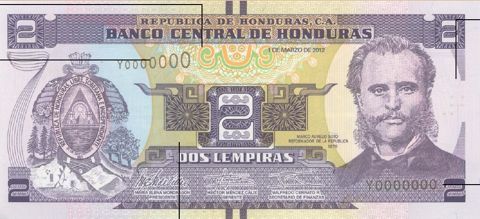
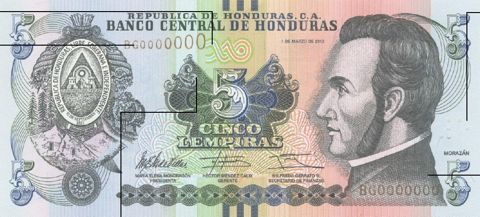
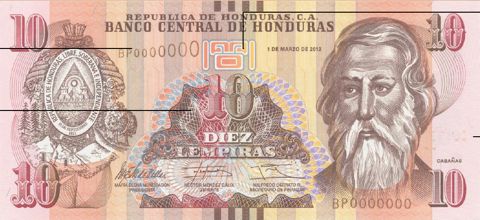

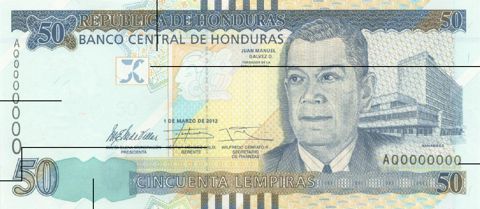
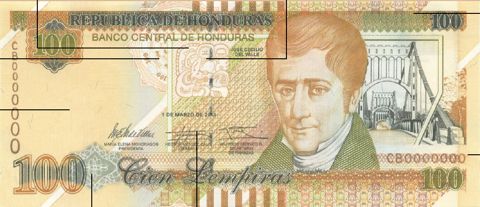
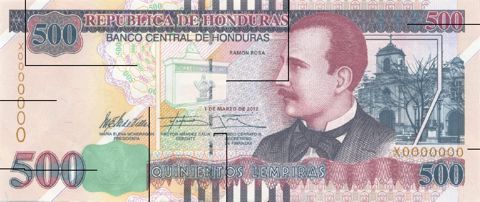
 Indonesia plans to redenominate its rupiah banknotes from 1 January 2014. According
Indonesia plans to redenominate its rupiah banknotes from 1 January 2014. According 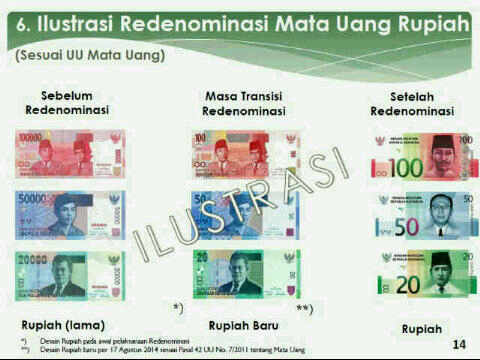

 Myanmar (or Burma as the country is
Myanmar (or Burma as the country is 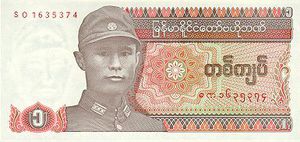
 The
The 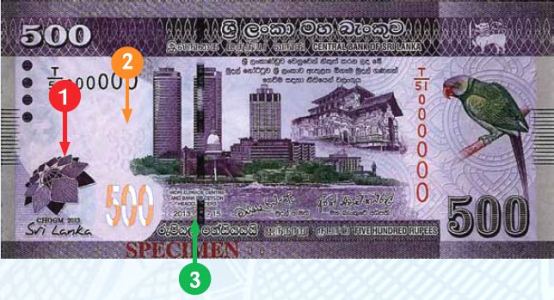
 The
The 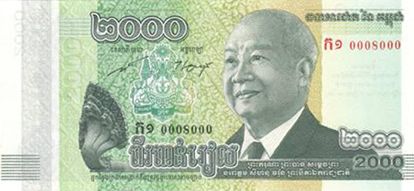
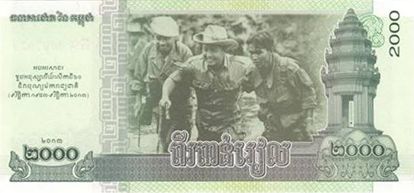
 With the
With the 
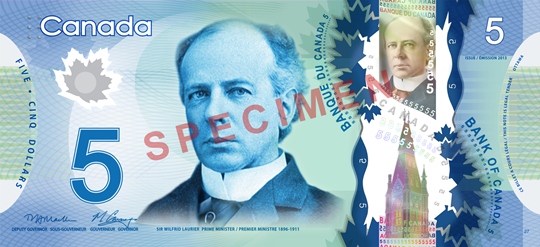

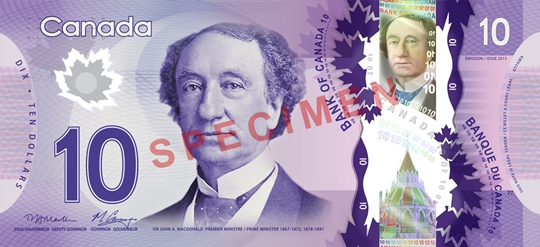

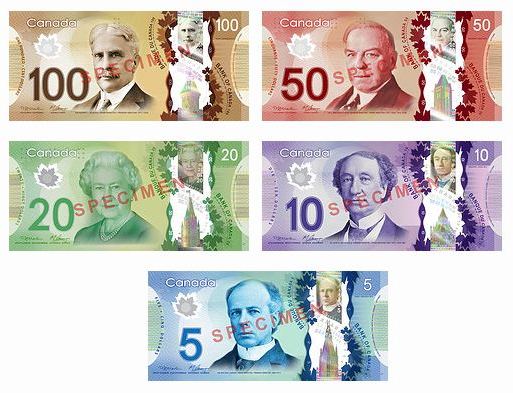
 The
The 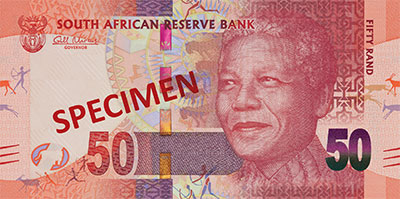

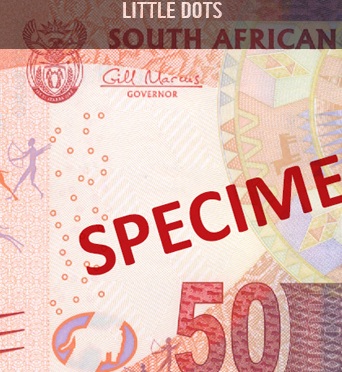

 To commemorate the 40th anniversary of the
To commemorate the 40th anniversary of the 